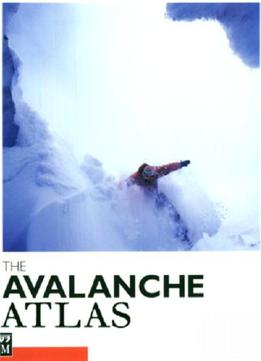
Avalanche Atlas: Illustrated International Avalanche Classification
by Marcel R. de Quervain /
1981 / English / PDF
14 MB Download
Text: English, French, German, Spanish, Russian In the course of the past fifteen years, Unesco has become increasingly concerned with the study of natural hazards and of the means of protection against them. Thls has involved not only the promotion of scientific research into the causes and mechanisms of the natural phenomena that cause disasters, and of technological research leading to improved methods of protection, but also the study of the attendant social and economic problems. The basic study of snow and ice mechanics is also part of Unesco's long-term International Hydrological Programme. Snow avalanches are not the most destructive of natural phenomena-floods and earthquakes take a far heavier toll of life and property each year-but the losses they inflict are nevertheless increasing steadily, with the rapid development of human activities, especially of sport and leisure, in mountainous areas. Effective action to reduce the losses caused by avalanches, be it through more effective warning, through the more accurate identification of avalanche-risk zones or through protective engineering, must necessarily be based on sound knowledge of the natural phenomenon. The present publication is aimed at this. By presenting a systematic scheme of classification, illustrated by numerous photographs, this Atlas will, it is hoped, be of immediate value to all those who, because of their responsibilities or from personal interest, observe and record avalanches. The classification scheme set forth in this Atlas has been drawn up by an international working group of experts, set up by the International Comrnission on Snow and Ice (ICSI). It is based on experience acquired in many parts of the world and thus provides a framework for the observation and recording of avalanches in a standard form, which will make it easier in the future to compare and collate information and data from different countries. It also constitutes a practical guide for avalanche observers, professional or amateur, which, it is hoped, will give them a clearer insight into these spectacular and dangerous phenomena. Unesco wishes to express its gratitude to all those who have contributed to the present work. Particular thanks are due to Professor Marcel R. de Quervain, chairman of the Working Group on Avalanche Classification of ICSI, who acted as co-ordinator and general editor, and also to the copyright owners who have authorized Unesco to reproduce their photographs in this publication without charge. The designations employed and the presentation of material throughout the publication do not imply the expression of any opinion whatsoever on the part of Unesco concerning the legal statuts of any country, territory, city or area or of its authorities, or concerning the delimitation of its frontiers or boundaries.











